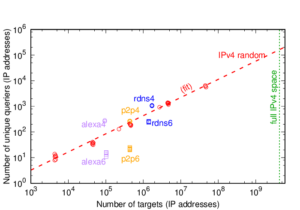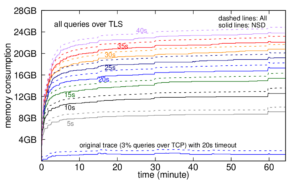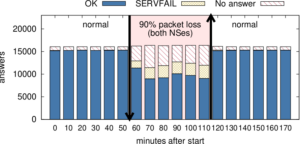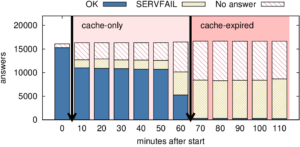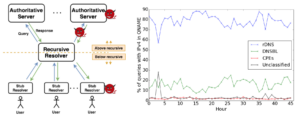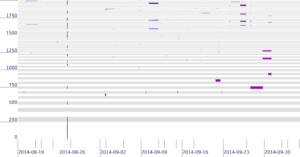We released a new technical report “Plumb: Efficient Processing of Multi-User Pipelines (Poster)”, by Abdul Qadeer and John Heidemann, as ISI-TR-731. This work was originally presented at ACM Symposium on Cloud Computing (the poster abstract is available at ACM). The poster abstract with a small version of the poster is available at https://www.isi.edu/publications/trpublic/pdfs/isi-tr-731.pdf
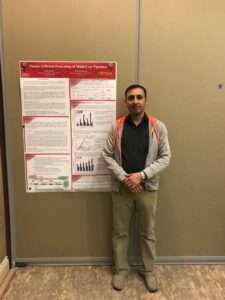
From the abstract:
As the field of big data analytics matures, workflows are increasingly complex and often include components that are shared by different users. Individual workflows often include multiple stages, and when groups build on each other’s work it is easy to lose track of computation that may be shared across different groups.
The contribution of this poster is to provide an organization-wide processing substrate Plumb that can be used to solve commonly occurring problems and to achieve a common goal. Plumb makes multi-user sharing a first-class concern by providing pipeline-graph abstraction. This abstraction is simple and based on fundamental model of input-processing-output but is powerful to capture processing and data duplication. Plumb then employs best available solutions to tackle problems of large-block processing under structural and computational skew without user intervention.
We expect to release the Plumb software this fall; please contact us if you have questions or interest in using it.
